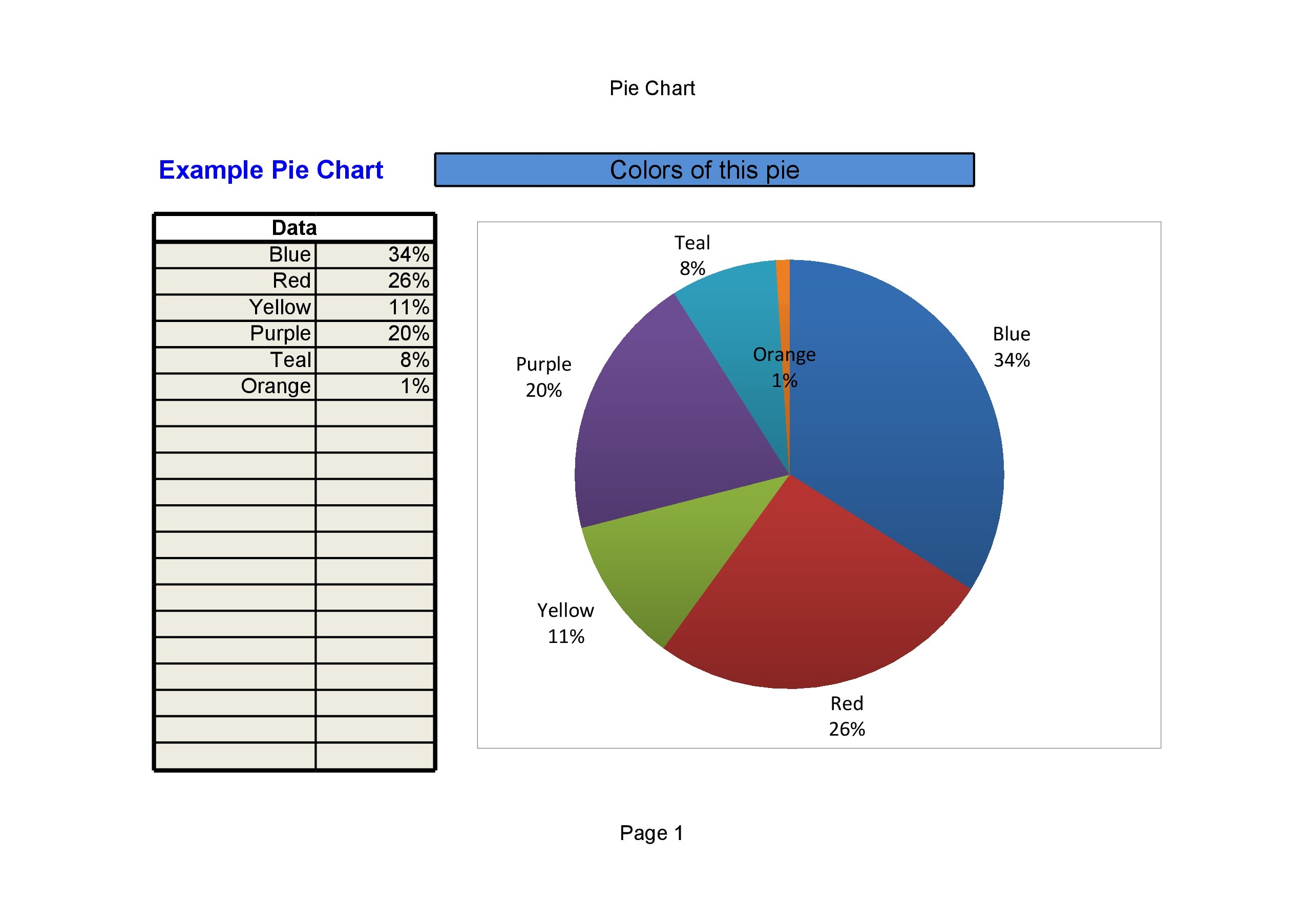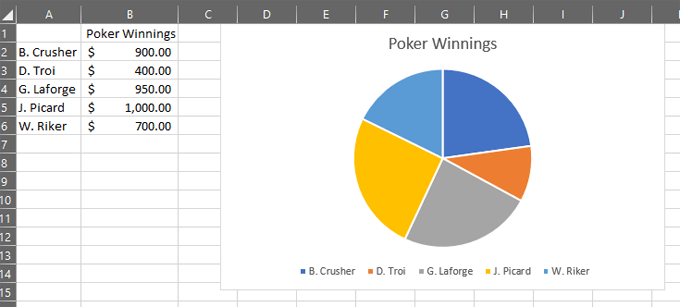

In columns or rows, as in the following examples: If you already have your data in another table, you can copy the data from that table and then paste it over the sample data. See the following table for guidelines for how to arrange the data to fit your chart type.Īrea, bar, column, doughnut, line, radar, or surface chart In Excel, replace the sample data with the data that you want to plot in the chart.

When you insert a chart into Word or PowerPoint, an Excel worksheet opens that contains a table of sample data. If you don't see the Excel Workbook Gallery, on the File menu, click New from Template.Ĭlick the Insert tab, and then click the arrow next to Chart.Ĭlick a chart type, and then double-click the chart you want to add. From the gallery, you can browse templates and create a new workbook based on one of them.

By default, the Excel Workbook Gallery opens when you open Excel. To see a menu of all available chart types in newer versions of Excel, click the down arrow by "Charts" in the Charts section of the ribbon's Insert Tab.Note: The Excel Workbook Gallery replaces the former Chart Wizard. Other Chart TypesĮxcel offers other charts such as Stock, Surface, Doughnut, Bubble, and Radar. The series pair has a Positive Correlation if they increase similarly, and a Negative Correlation if they both decrease in like manner. See Scatter Charts with Lines to understand why this happens and how to fix it. Sometimes scatter charts with lines can be confusing if the line zig-zags and crosses itself. In general, markers work well when the number of data points is small, and smooth lines are often used with a large number of data points. Scatter charts come with or without markers, and data points can be connected with smooth or straight lines. The scatter chart is called the XY Chart because its data points are the intersection of two values on the X and Y-axis. The SCATTER Chart observes the relationship between two variables.


 0 kommentar(er)
0 kommentar(er)
